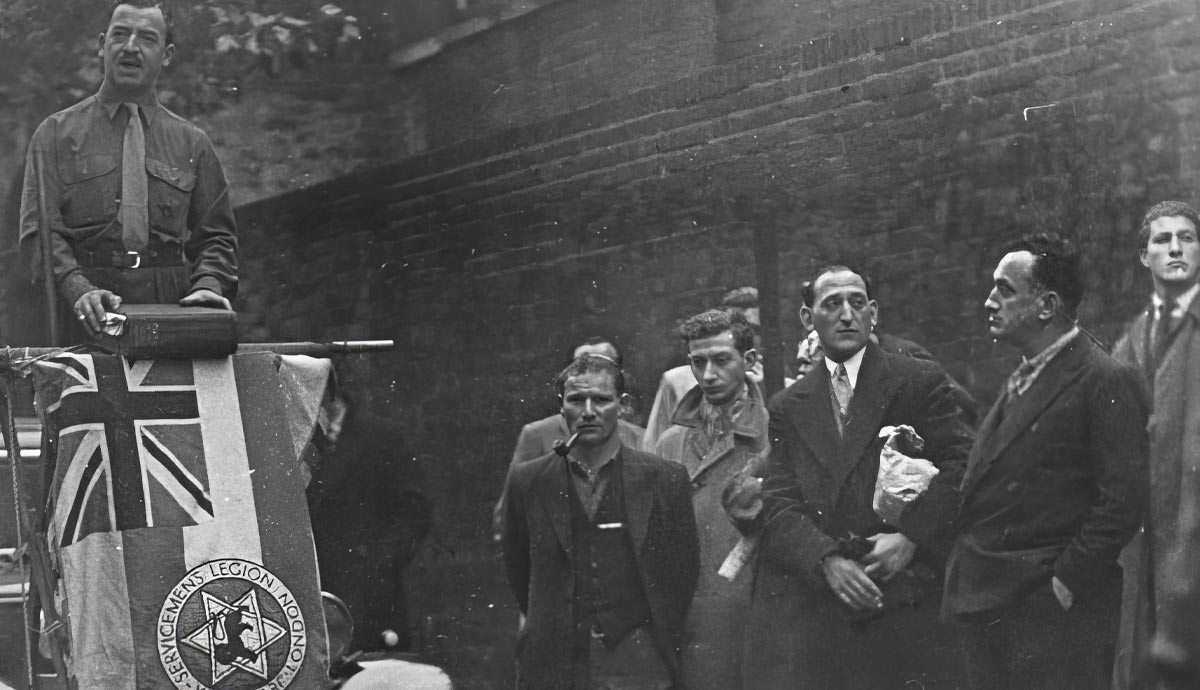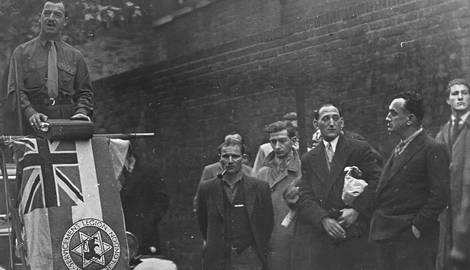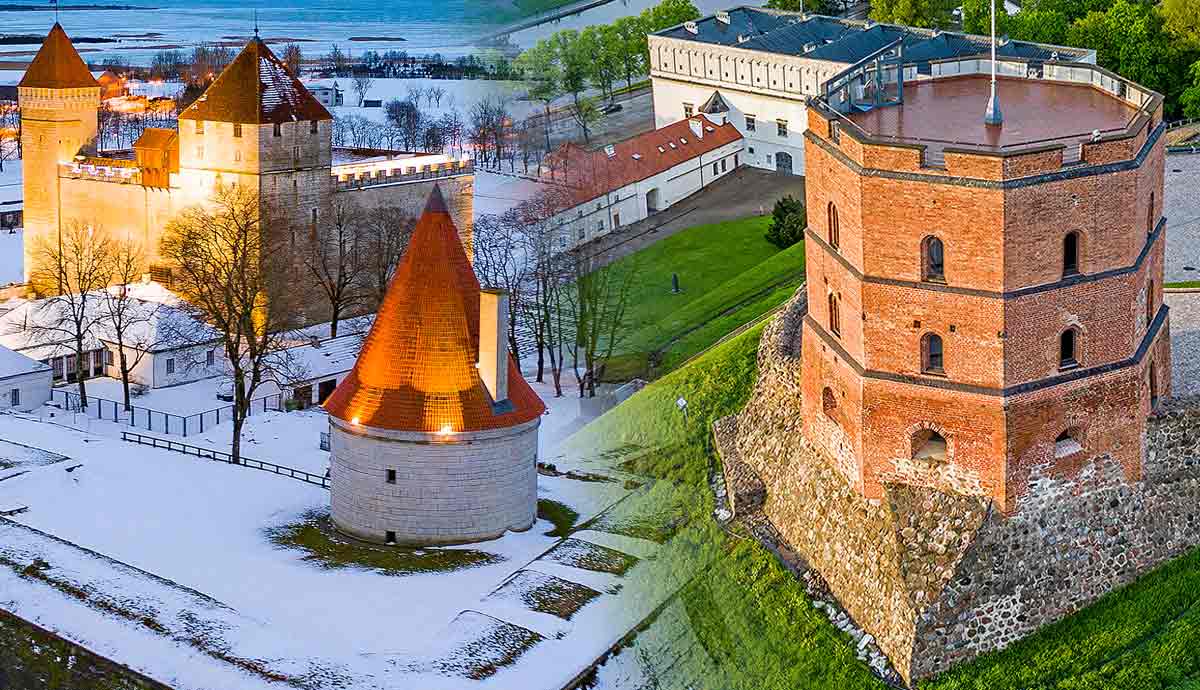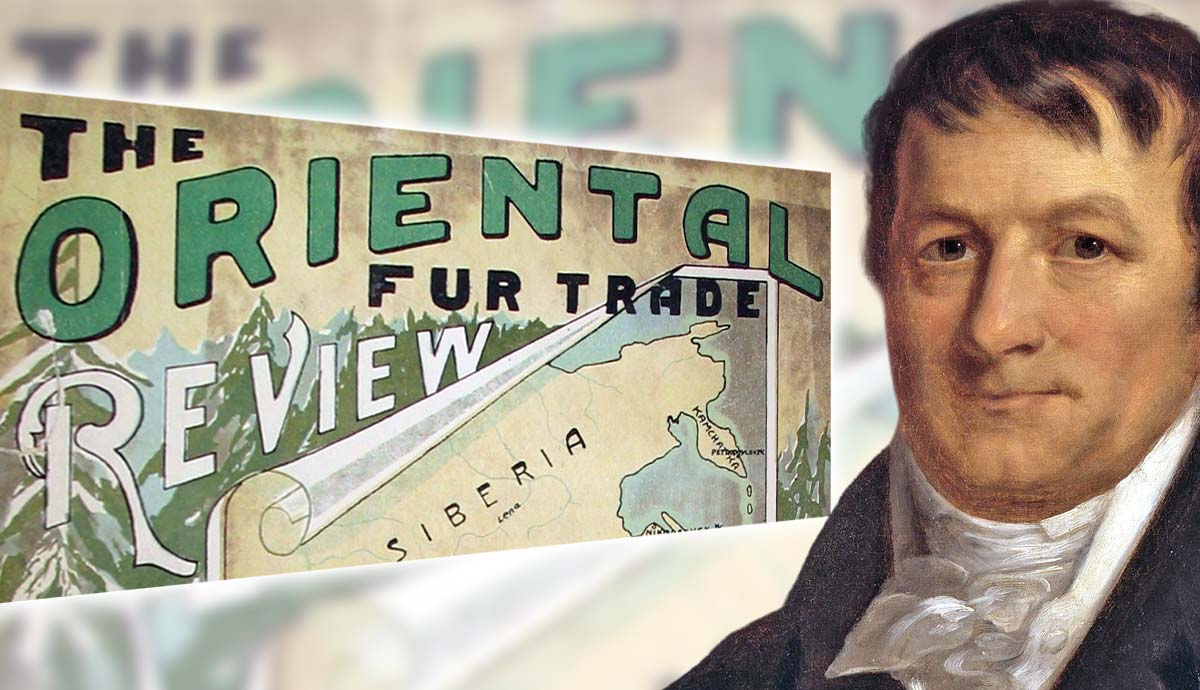
Fascism in Britain has always been met with anti-fascism, and the rise in fascist activity following the Second World War did not go unchecked. Created due to the growing frustrations from Jewish ex-service men who did not think enough was being done to stop fascism, the 43 Group became an active force against fascism between 1946 and 1950. The Group repeatedly thwarted attempts by fascists and fascist groups to gain a foothold, and, consequently, was instrumental in the decline of fascism following the War.
What Were the 43 Group’s Origins and Purpose?

Defense Regulation 18B allowed any persons believed to be a threat to the country to be interned during the Second World War, including fascists, but the regulation was lifted on Victory Day by Prime Minister, Winston Churchill and detainees were released. [1] Several fascist parties emerged after this, most prominently the British League of Ex-Servicemen and Women (BLESMAW) who were anti-Semitic and anti-communist in nature.
The Association of Jewish Ex- Servicemen did oppose fascist activity, often setting up pitches at popular spots for fascist activity, but the lack of physical action from the association led to frustration from Jewish ex-servicemen who felt there needed to be more physical confrontation. In February 1946, four men decided to take matters into their own hands. Morris Beckman, Gerry Flamberg, Alec Carson and Len Sherman came across a BLESMAW meeting, decided to approach, and fighting soon broke out. This was the first meeting to be closed down physically. [2]
What Happened During the Group’s Early Days?

Following this first physical shut down, a meeting was held to discuss what could be done to further combat anti-fascist activity. Altogether, 38 ex-servicemen and 5 women turned up, inspiring the name for the Group. It was decided that a radical anti-fascist organization would be set up, ready to meet the fascist threat head on.
The Group increased in number and by the end of April 1946, around 300 men and women had joined, and the Group were attacking between six and ten fascist meetings a week with the aim to have the meeting closed down. Fighting occurred predominantly at these street meetings, which usually featured pitches and were used to spread the messages of fascist groups. Meetings grew steadily from one per week to three or four a day, several days a week and many had an emphasis on antisemitism. [3]
Further to this activity, some members also focused on tackling street vendors who spread fascist literature. For those who could not partake in the physical side of anti-fascism, they were used as spies to infiltrate fascist groups and gather information. One member even successfully infiltrated BLESMAW. [4]
How Did Escalating Tensions Arise?

The upsurge in fascist activity in 1947 was matched by an increase in anti-fascist activity and by mid-1947, attendance at street meetings had increased with an average of 2000 attendees at meetings held by BLESMAW between April and October 1947. The street meetings gradually became more violent, and Ridley Road became notorious for its weekly clashes between fascists and anti-fascists, often referred to as the ‘Battle for Ridley Road’. [5]
As the months passed, the meetings became more pro-Mosley and more anti-Semitic and there was a marked increase in the use of weaponry, including knuckledusters, coshes and knives. In response, the 43 Group was shutting down an average of fifteen outdoor meetings every week by October 1947, including those held by BLESMAW at the hot spot, Ridley Road.
What Led to the Beginning of the End?

Other fascist groups had set the stage for Oswald Mosley’s return, who had been working behind the scenes since the end of the war, carefully avoiding any associations with Nazism. The creation of the Union Movement (UM) was officially announced in November 1947, uniting 51 fascist groups, organizations and clubs.
The UM faced opposition like the parties that preceded it. A meeting held by the UM at Kensington Hall in February 1949 was attacked with tear gas by the 43 Group and an effigy of Mosley was burned nearby. A month later, a branch of the UM undertook a march from Ridley Road but were met by a crowd of 2000 and violence broke out with weapons such as lumps of concrete hurled by the crowds. Following the increase in violence from both fascists and anti-fascists, Home Secretary James Ede, operating under Prime Minister Clement Attlee placed a blanket ban on all marches.

Despite attempts at establishing a movement, interest was dying away, there was no longer large-scale fighting at meetings and the UM failed to gain a foothold. Fascist activity began to decrease and with this came the decline of the 43 Group; fascism was the reason for its existence and as it declined so did the Group’s purpose. By January 1949 the Group had less than one-third of its earliest 300 members left and by April 1950 the 43 Group had disbanded completely. [6]
Sources:
[1] David Stephen Lewis, Illusions of Grandeur: Mosley, Fascism and the British Ideology 1931-1981 (Manchester: Manchester University Press, 1987, p.231.
[2] Dave Renton, Fascism, Anti-fascism and Britain in the 1940s (London: MacMillan, 2000) p. 23/24.
[3] Lionel Rose:’ Fascism in Britain, Factual Survey, No.1′, February 1948, in Union of Communication Workers. Located in the Modern Records Office, Warwick University, UK
[4] Morris Beckman, the 43 Group: Battling with Mosley’s Blackshirts (Gloucestershire: The History Press, 2013), p.85.










